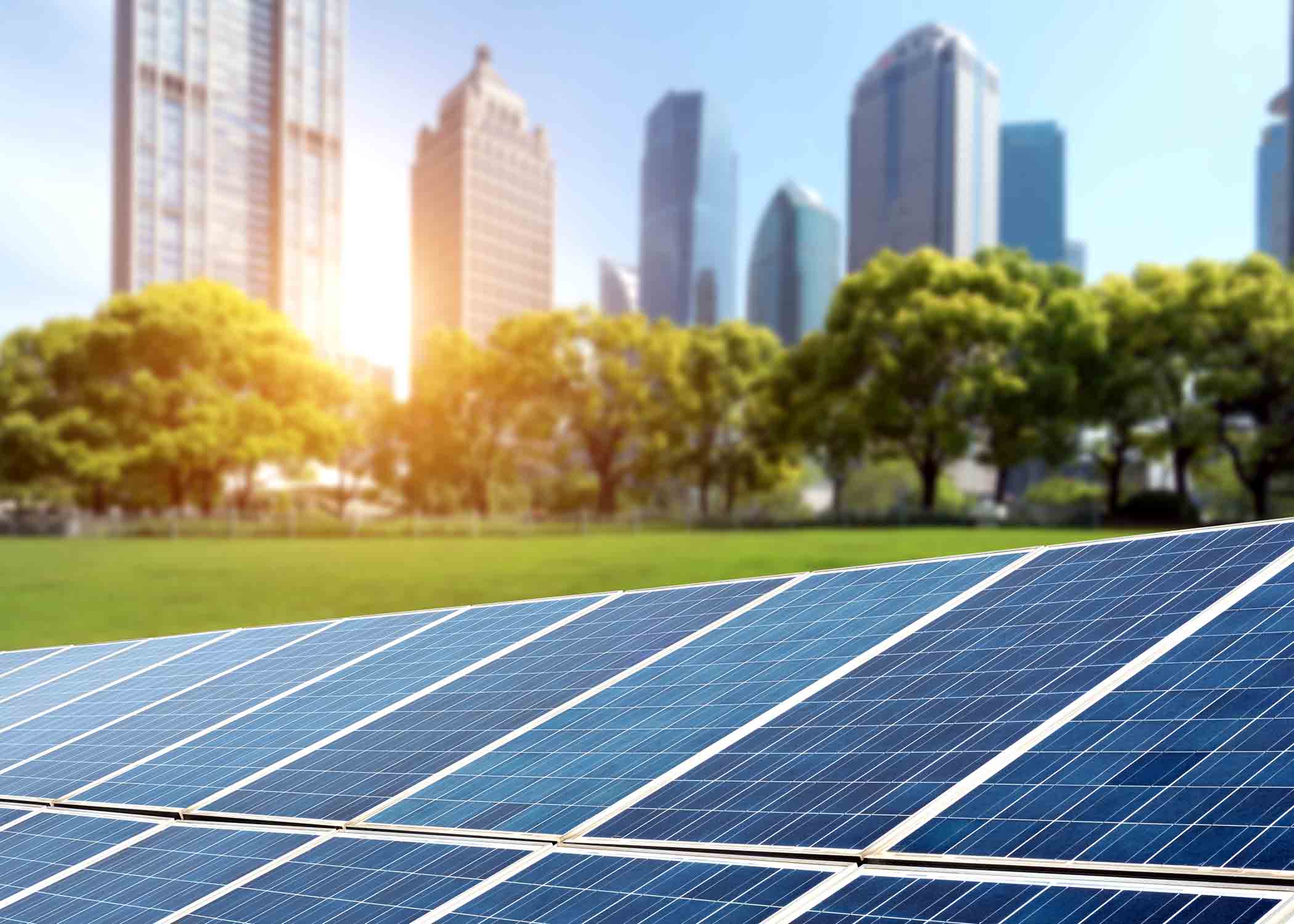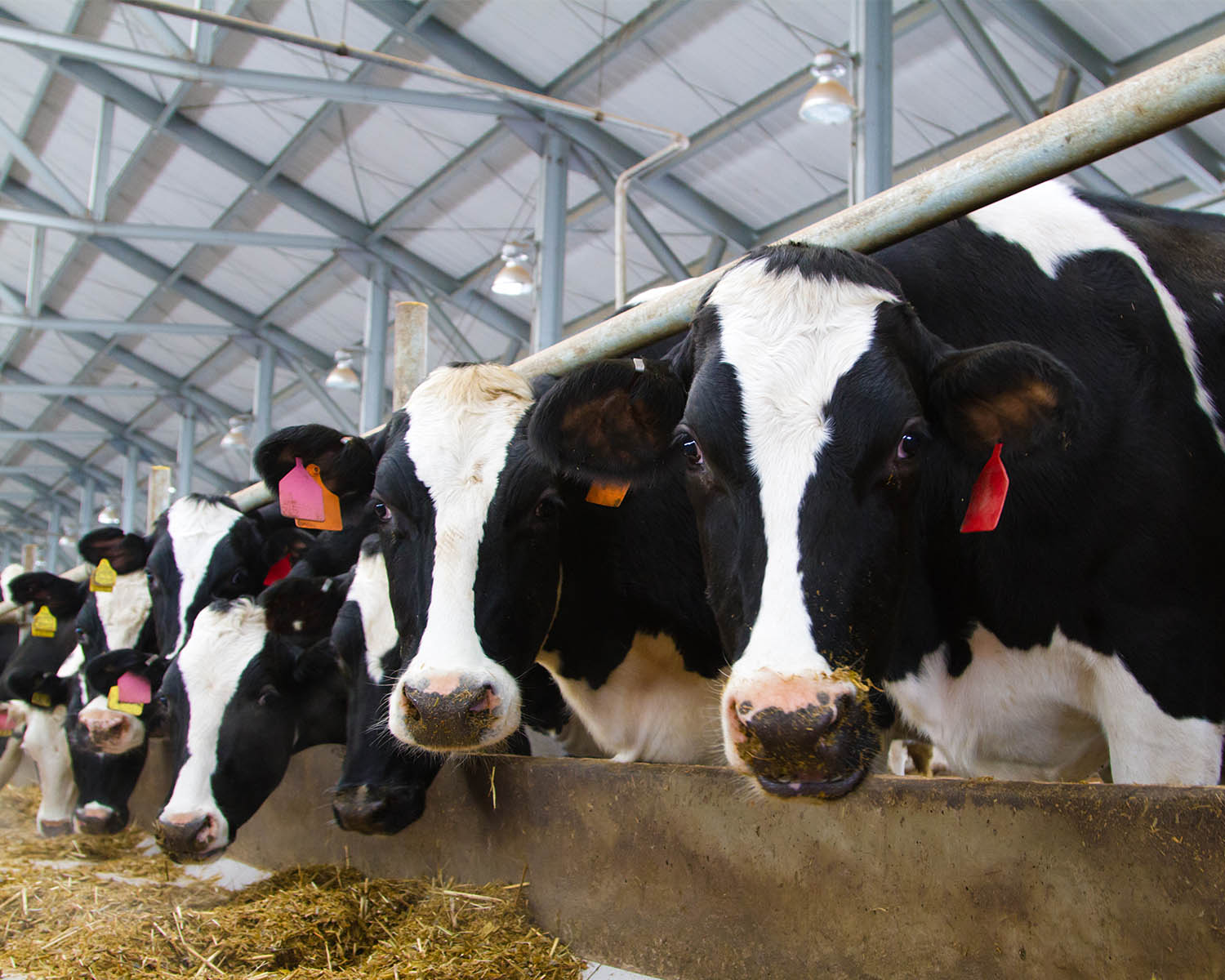Solar power has proliferated to the point that you can point out arrays and panels on a roof or in a solar farm.
Regenerative agriculture is not as visible.
But this approach to cultivation also involves methods that are becoming more common on small and large farms alike. Many initiatives pair solar panels with regenerative farming methods to create sustainable energy and farm nutrient-dense produce, and restore topsoil.
Let’s look at how regenerative agriculture works and find out how the planet can benefit by combining a sustainable approach to farming with a focus on clean, renewable energy.
Regenerative Farming Captures Carbon
Since agriculture began around 10,000 years ago, global soil has released approximately 133 gigatons of carbon, equivalent to 480 GtCO2 emissions.
How does this happen?
Tilled soil releases carbon into the air.
This is why minimizing or eliminating tillage is the key to regenerative farming. Studies suggest that regenerative agriculture can make the same land capable of holding about 15.3 tons of carbon per acre.
As the rich topsoil needed to grow nourishing food dwindles across the planet, the global population faces a risk of increased food crises. Regenerative agriculture makes topsoil renewal a major priority and recommends measures such as:
- Covering the soil surface
- Maintaining living plant roots in the soil for as long as possible
This focus on soil emerged from:
- Historical indigenous cultivation practices
- Conservation-based agriculture
- The no-till movement of the 1970s
Some scholars have noted that soil’s role in regenerative farming hasn’t been significant in addressing climate change.
However, it’s impossible to ignore soil’s role in cutting carbon. Promoting biodiversity balances soil nutrients and makes sustaining the living roots needed to retain topsoil easier.
Taken together, regenerative farming practices can:
- Improve the health and productivity of the soil
- Produce more nutritious food
- Manage water runoff
- Improve ecosystem and wildlife biodiversity and resilience
Regenerative agriculture can mitigate the adverse effects of climate change when undertaken on a large scale.
Solar Energy Reduces Emissions
Solar energy seeks to reduce emissions released in obtaining, processing, and using electricity. As of 2021, fossil fuels accounted for over 60% of utility-scale electricity generation in the United States. A broad breakdown of energy generation sources is as follows:
- Natural gas: 38.3%
- Coal: 21.8%
- Renewable sources: 20%
- Nuclear: 18.9%
- Petroleum: 0.5%
Although solar energy accounted for just 2.8% of electricity generated from renewable sources in 2021, this data shows gains in solar energy adoption. A residential solar system can meet household electricity needs with 80% lower carbon emissions than fossil fuels with solar panels and equipment. Studies also suggest that the US could cut power emissions by 78% by 2030 using technology from back in 2016.
Solar energy is similar to regenerative farming in that both reduce carbon emissions. Pioneers in alternative carbon capture are only starting to experiment with pairing these approaches.
The Benefits of Pairing Solar Power and Regenerative Farming
Solar combined with regenerative farming turns the ground covered by arrays into a dual-use space. In conventional installations, vegetation is removed to prevent panels from becoming over-grown. Many solar farms even apply chemical pesticides to keep weeds in check, harming biodiversity and soil productivity.
Pairing regenerative farming with solar calls for a different approach. Enriching the soil and growing low-level vegetation around panels allows plants to take advantage of a localized greenhouse effect. Choosing the proper flora is critical.
The Positive Effects of Renewable Energy
Renewable energy has several positive effects. You can reduce emissions at a home or business by installing solar panels. Residential and commercial installations typically have roof-mounted panels to maximize sun exposure and efficiency. If sufficient ground space is available, it’s possible to experiment with regenerative farming at home.
While a small solar installation and regenerative agriculture experiment cannot stop climate change, growing public support for utility-scale solar power and other renewables goes a long way toward achieving the Paris Agreement targets. In addition to supporting the surrounding soil, the energy from utility-grade installations can also power alternative carbon capture technologies.
Carbon capture methods include pre-combustion, post-combustion, and oxyfuel technology. Once captured, carbon dioxide must be transpired and stored. The US government regulates the sites used for carbon dioxide storage and standards for carbon dioxide injection. But high costs remain the main block to widespread implementation.
The Joint Progress of Regenerative Farming and Solar Power
Regenerative agriculture draws on biodiversity initiatives that unite with conservation-based and organic cultivation.
Scholars trace the history of regenerative farming back to the historical practices of indigenous communities that did not till the land. While forms of organic production have existed in the US since the late 1940s, it wasn’t until the 1970s that early land-use practices were re-evaluated. During the same decade, an energy crisis prompted Congress to pass the Solar Energy Research, Development and Demonstration Act of 1974.
Although the drop in energy prices in the 1980s reduced some urgency around renewable energy, the introduction of consumer-grade solar technology focused on the environment. Advancements in renewables during the 1990s accompanied an uptick in organic produce and the availability of organic options at more mainstream grocery stores.
Solar Power and Regenerative Farming Initiatives
Many recent initiatives pair solar power and regenerative agriculture to support local communities, the soil, and the climate. A partnership between White Oak Pastures and Silicon Ranch Corporation is combining livestock grazing and regenerative land management practices on 2,400 solar farm acres in Georgia.
General Mills is also undertaking a large-scale regenerative agriculture project. The company set a goal to use regenerative farming practices on 1 million cultivated acres by 2030 – about a quarter of the land from which they source ingredients. Major corporations recognizing the value of regenerative agriculture bodes well for widespread adoption.
Another important agrivoltaics project that takes a different approach involves linking solar canopies and irrigation canals. The Turlock Irrigation District in California is addressing ongoing power and water shortages. These initiatives indicate a commitment to solar renewable energy and a focus on more sustainable agriculture.
The Effect of Capturing Carbon and Reducing Emissions
According to the National Academy of Sciences, regenerative farming can sequester 250 million tons of carbon dioxide every year (4% of US emissions). Although this may not sound like a lot, combined with a 78% reduction in power emissions, these measures move the US closer to meeting international climate change standards.
According to the Center for Climate and Energy Solutions statistics, carbon capture technology can eliminate over 90% of emissions from power plants and industrial facilities. While this technology remains costly, early results from 26 commercial-scale carbon capture projects globally have already led to 13 projects in advanced development and another 21 in early development.
Carbon capture is only one way to combat climate change. This method is more powerful when combined with new emissions reductions by using cleaner methods for generating, storing, and using renewable power.
Projecting the Future of Solar Energy
Solar energy has a bright future in the US and around the world. This year’s projections call for 21.9 gigawatts of additional power. However, supply chain constraints have reduced component capacity by 7% compared to last year. The cost of components has also fluctuated, which affects affordability. At the same time, an oil crisis is also directing more attention toward the importance of independent renewable and sustainable power.
A 2021 analysis of data and forecasts published by the US Energy Information Administration and Federal Energy Regulatory Commission by the SUN DAY Campaign indicated that renewable energy sources were on track to provide anywhere from 33% to 50% of electricity generation by 2030. Although this falls short of President Biden’s call for 80% clean power by 2030, it can significantly cut emissions.
The growing number of residential solar installations, commercial solar systems, and projects that combine solar with regenerative farming contribute toward this goal. Although each installation lightens the load on the grid, agrivoltaics has the potential to change the world.
What Comes Next In Regenerative Farming
Food companies’ profound commitment to regenerative agriculture is shifting toward more sustainable cultivation methods. Small farms can also contribute to biodiversity and more sustainable resource management. Regional solar farms, such as White Oak Pastures in Georgia or the Turlock Irrigation District in California, that undertake agrivoltaics projects are proof of concept and have an impact.
Generating electricity with solar power reduces emissions and limits climate change. Regenerative agriculture captures carbon in the soil. Taken separately, both of these methods can reduce emissions. Together, solar power shows the potential to supercharge regenerative farming and other carbon capture initiatives.
If you’re interested in exploring your solar options, contact us at Unbound Solar! We’d love to learn more about your solar power needs.



